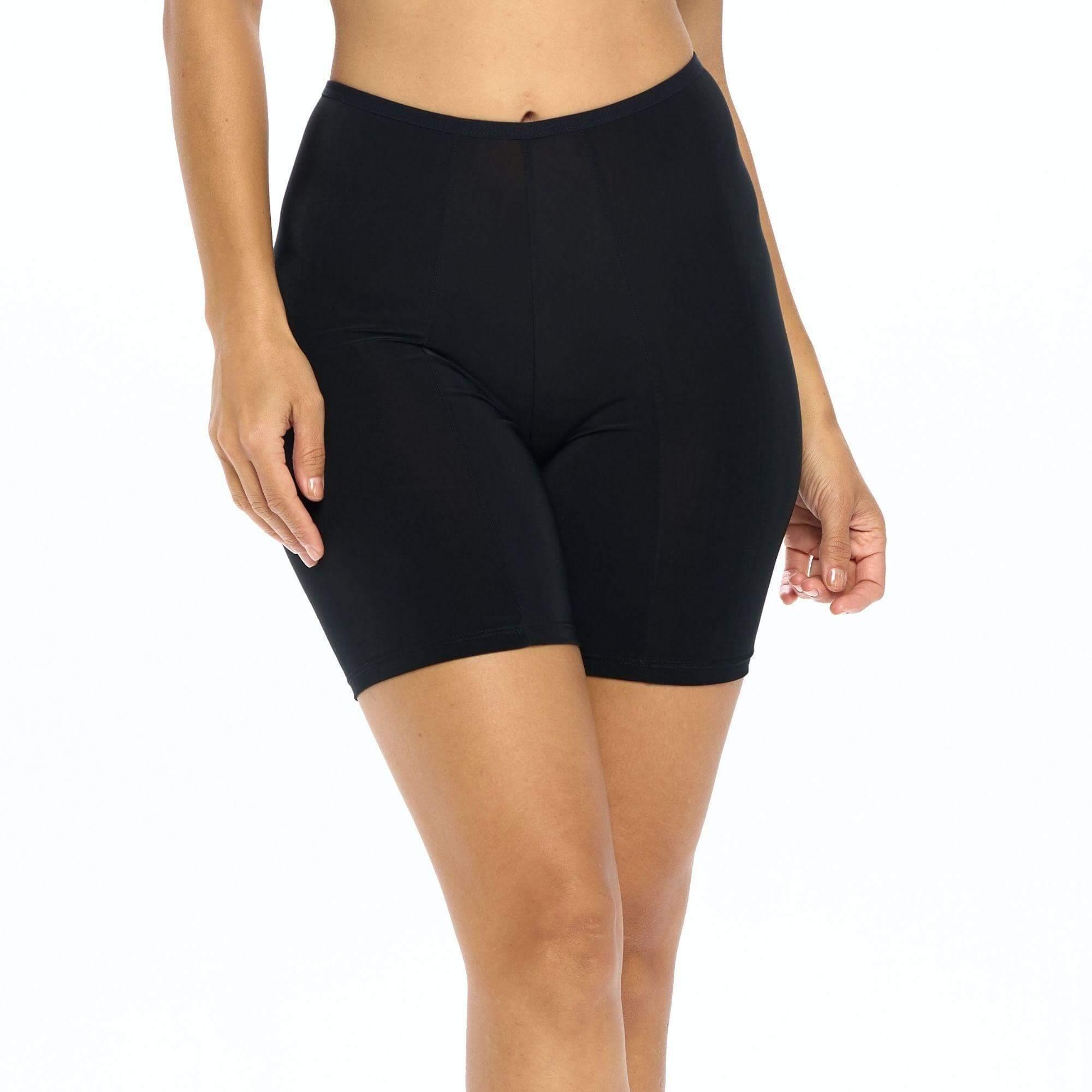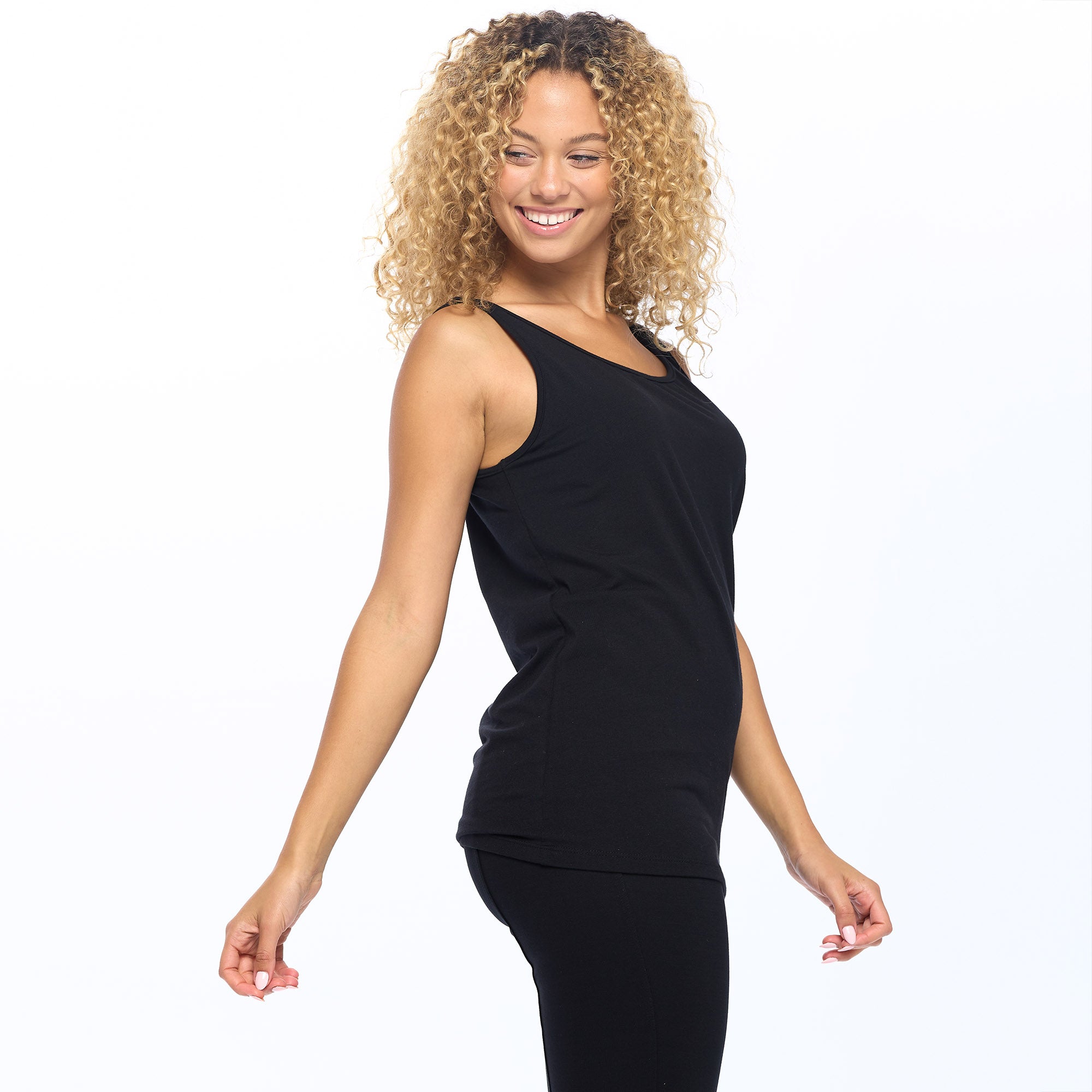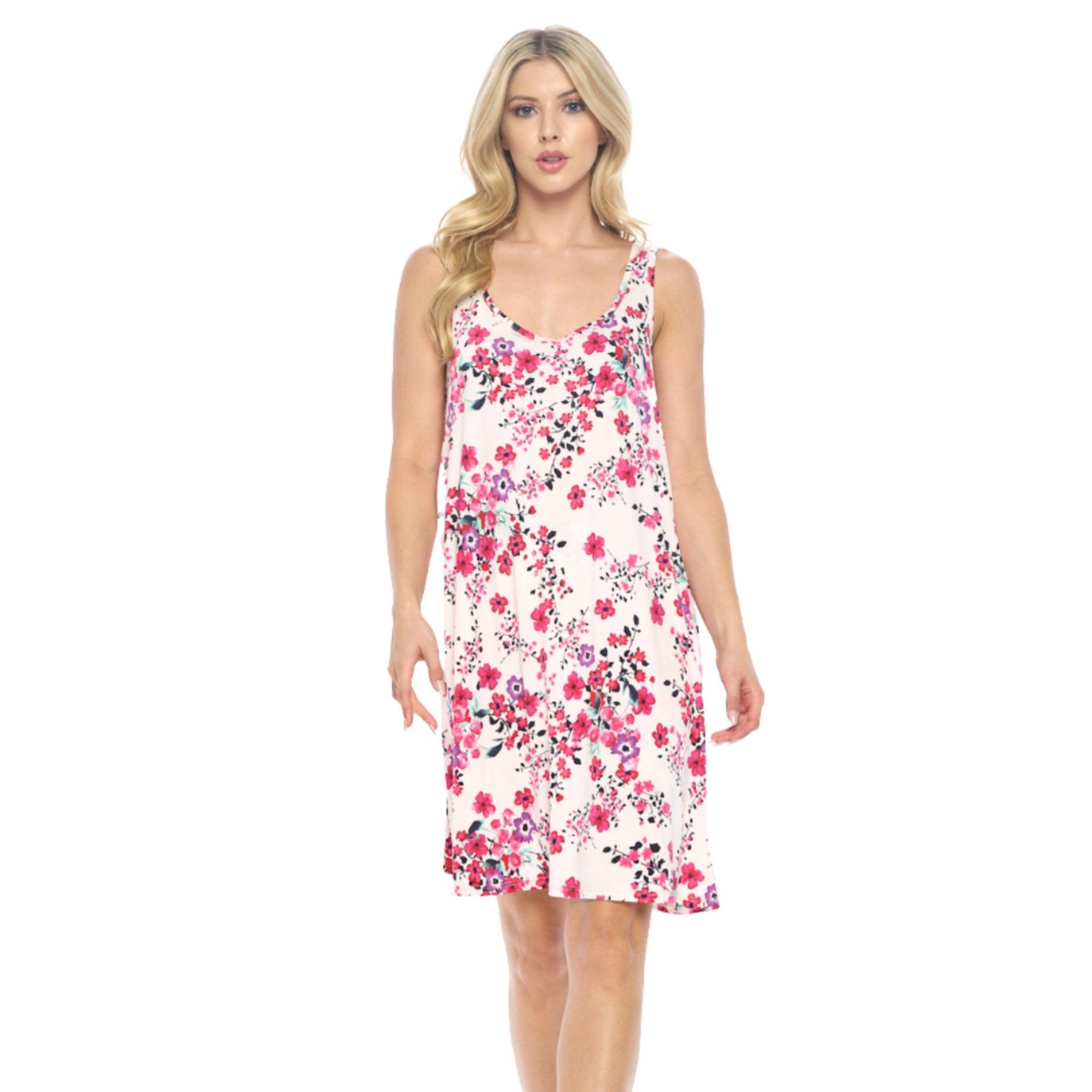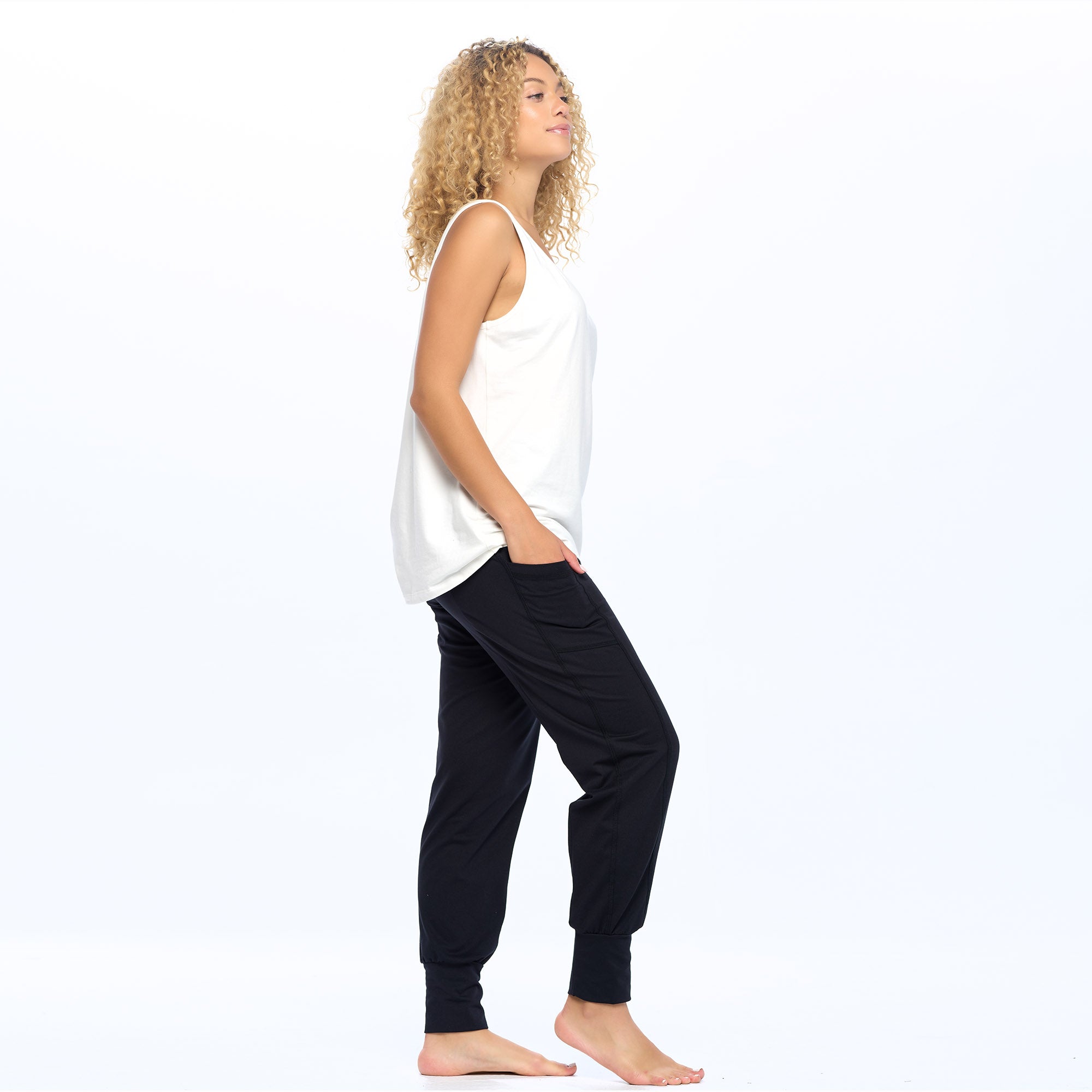The moisture-wicking fabric has revolutionized the world of athletic wear and everyday clothing, offering a range of benefits that keep you cool and comfortable. Designed to draw moisture away from the body, this innovative textile has become a staple in sportswear, activewear, and everyday garments. In this blog post, we will explore the numerous advantages of moisture-wicking fabric and delve into how it works to enhance your overall experience.
Understanding Moisture-Wicking Fabric
Moisture-wicking fabric, also known as performance fabric or technical fabric, is specially engineered to pull moisture away from the body and transfer it to the fabric's outer layer or surface. Unlike traditional materials like cotton, which tend to absorb and retain moisture, moisture-wicking fabrics actively manage perspiration. This unique property helps to keep you dry, cool, and comfortable during physical activities and in hot or humid environments.
Efficient Moisture Management
Why do athletes and workout enthusiasts wear moisture-wicking clothing? It keeps them cool and comfortable during intense physical activity. Efficient moisture management is crucial in keeping the body comfortable and preventing overheating. Moisture-wicking fabric pulls sweat away from your skin quickly, leaving you feeling dry and fresh.
The primary properties that determine the moisture-wicking properties of the fabric are capillary pressure and permeability. Capillary action is the process of a liquid flow within small spaces without external forces (such as gravity). Permeability, on the other hand, is the measure of a fabric's ability to allow moisture to penetrate the material. These two considered moisture-wicking properties work together to draw moisture away from the skin and onto the surface of the fabric where it evaporates.
Enhanced Breathability and Ventilation
When it comes to your comfort during physical activity, enhanced breathability and ventilation in synthetic fabrics are crucial.
Breathability and moisture-wicking are separate but equally important properties in comfortable workout clothes. Moisture-wicking fabrics are specifically engineered to pull sweat away from the skin and onto the fabric's surface so that it evaporates quickly, leaving you dry and comfortable. Breathable fabrics, on the other hand, allow air to circulate, minimizing heat and sweat build-up.
Cotton, wool, and bamboo are popular choices for breathable fabrics. These fabrics' fiber structure allows air to easily circulate and escape from the material, promoting breathability. Cotton is a popular choice for its softness, breathability, and affordability. Wool, made from natural fibers, is an excellent choice for cold-weather workouts since it can regulate body temperature. Bamboo fabric is beloved for its natural breathability and softness, making it a popular choice for sensitive skin.
Quick-Drying Properties
In addition to breathability and ventilation, quick drying is another essential property of moisture-wicking fabrics. Quick-drying properties enable the fabric to rapidly evaporate sweat and moisture, helping the wearer stay cool and dry during physical activity.
Quick-drying fabrics are beneficial not only in warmer weather but also in colder temperatures. When the body is wet in cold weather, it can quickly lose heat, which can be dangerous. Quick-drying properties ensure that the fabric doesn't get saturated with moisture, which can help insulate the body and keep it warm.
Several factors impact a fabric's quick-drying abilities, including fabric construction and fiber type. Fabrics with a looser weave or mesh construction tend to dry faster due to increased air circulation. Similarly, hydrophobic fibers are known to dry faster because they repel water and sweat.
Temperature Regulation

Temperature regulation is crucial to any physical activity, whether it's working out, sports, or outdoor adventures. Maintaining a healthy and stable body temperature is essential to prevent fatigue, heat exhaustion, and other temperature-related illnesses. Wearing moisture-wicking fabrics is one of the best ways to regulate body temperature during physical activity.
Moisture-wicking fabrics significantly regulate body temperature by quickly wicking away sweat and moisture from the skin's surface. This process allows the body to cool down by evaporation, keeping the skin dry and comfortable, particularly during intense physical activity.
By keeping the skin dry, moisture-wicking fabrics also help prevent various temperature-related illnesses such as heat rash, chafing, and bacterial infections. Moisture-wicking fabrics are designed using advanced fabric technology, which draws moisture away from the body and spreads it across the surface of the fabric, allowing for quick evaporation.
Some of the best fabrics for temperature regulation include natural fibers such as merino wool, which has excellent thermal properties and is well-suited to colder temperatures. Synthetic materials such as synthetic fibers such as polyester are also ideal for moisture-wicking and temperature regulation due to their lightweight and breathable properties.
The effectiveness of moisture-wicking fabrics can be attributed to the molecular forces that govern their properties. Capillary action, for instance, describes the ability of fabrics to draw sweat and moisture away from the skin's surface and into the fibers. This process ensures that the moisture is spread across every layer of the fabric's surface, facilitating rapid evaporation.
Lightweight and Comfortable
Moisture-wicking fabrics are not just limited to athletic wear. They are now available in various styles that make them suitable for everyday wear. These moisture-wicking fabrics incorporate various fibers, and each fiber offers unique benefits and drawbacks.
One of the most popular moisture-wicking fibers used in moisture-wicking clothing is polyester. Polyester fabrics have excellent moisture-wicking ability, and they are durable and tear-resistant. They are also lightweight, which makes them comfortable for daily wear. However, polyester does not have excellent thermal properties and tends to retain odors.
Another popular fiber is nylon, which is incredibly lightweight and durable, has excellent stretchiness and is resistant to stains and UV rays. However, nylon fabrics do not have excellent thermal properties and can retain moisture, making them unsuitable for more prolonged physical activity.
Bamboo is another fiber that is becoming popular in moisture-wicking material fabrics. It is as soft as silk and as comfortable as cotton. Bamboo fabric has natural anti-bacterial properties that help fight odor-causing bacteria. Bamboo fiber can effectively wick moisture away from the body, making it an excellent option for sportswear. However, bamboo fabric is not as durable as polyester or nylon.
It is essential to consider personal preference when choosing moisture-wicking clothing. Some people prefer lightweight fabrics for intense physical activity, while others may want a more substantial fabric for cooler weather. Some may prioritize durability, while others may prioritize stain resistance.
Conclusion
In conclusion, moisture-wicking fabric has become a staple in everyday wear and workout clothes, offering a comfortable and breathable option in warm and cold weather. Using natural fabric and technology, clothes can effectively wick moisture away from your skin and help regulate body temperature.
At Undersummers, we have a selection of exceptionally comfortable, moisture-wicking Shortlettes and slip shorts, which keep you dry while offering excellent protection against chafing. Explore our collections today and find the perfect moisture-wicking underwear to keep you dry and comfortable all day long.









